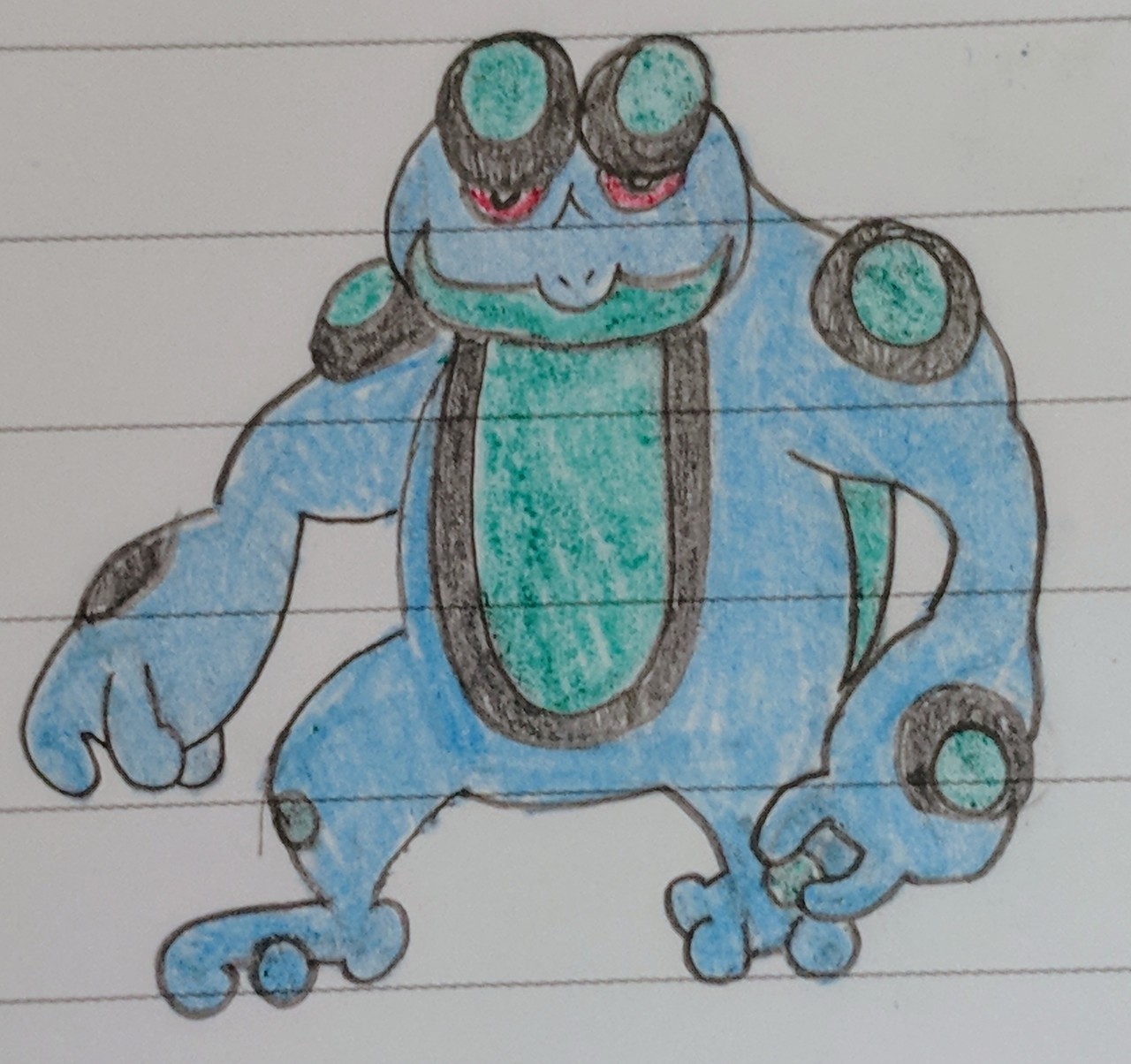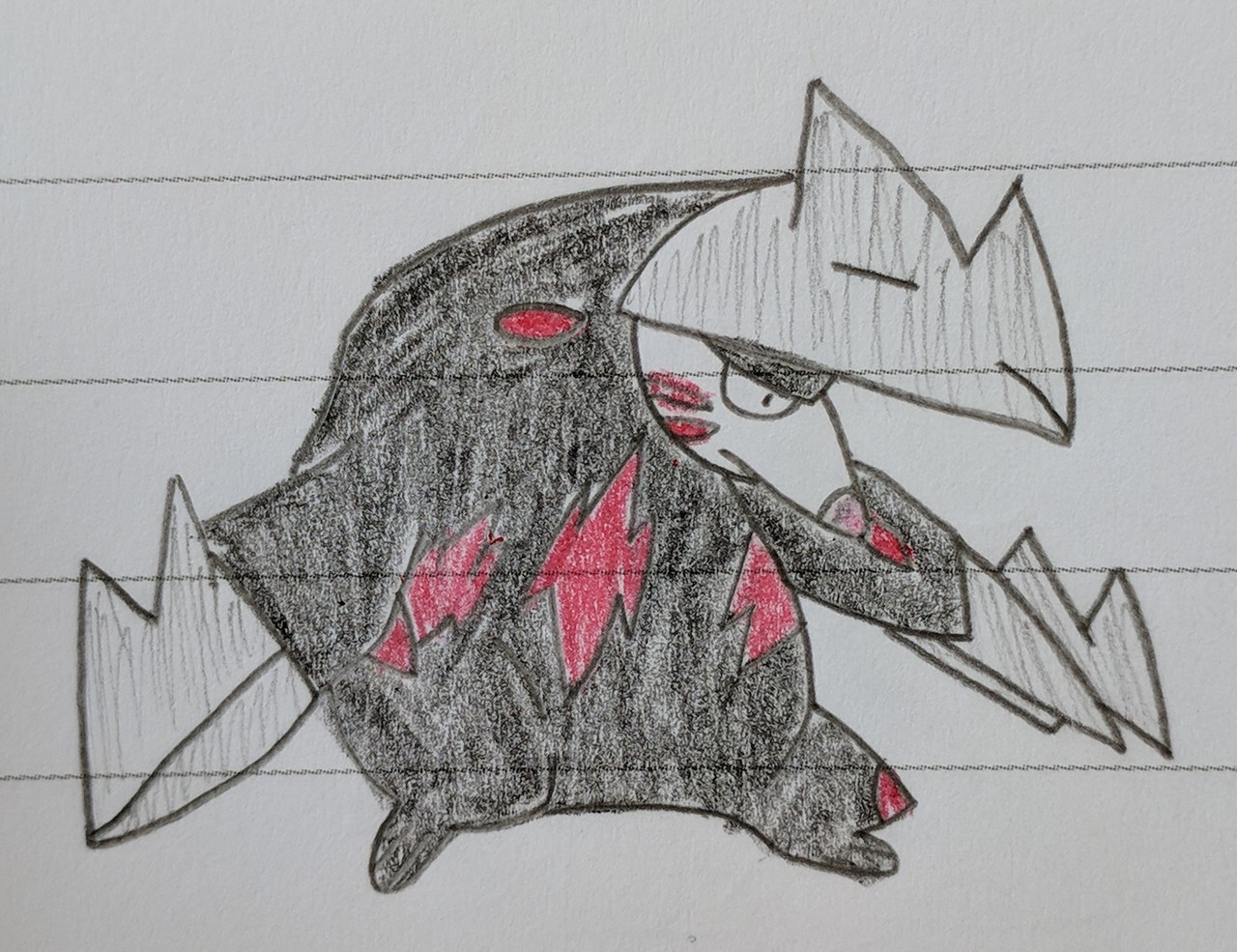One of my favorite parts of playing Magic is building decks for Constructed formats, in which you bring your own deck to the event. They give me more time to think about what to put in my deck than Limited formats, where you build your deck as part of the event; and I can use all the cards I've collected from recent Limited events to do a specific thing or small set of things that I enjoyed doing with those cards at the events I got them in. Here's a brief walkthrough of the steps I take when building a Constructed deck, and some examples based on my current Standard and Brawl decks.
A good rule of thumb for a sixty-card deck is to have about twenty-four creatures, twelve noncreature spells (including Vehicles and Planeswalkers, if you use them), and twenty-four lands. I stick to these numbers pretty strictly, but they're not absolutes. An aggressive deck might have many more creatures, or one or two fewer lands; a deck whose strategy benefits from casting instants and sorceries may have a higher proportion of instants and sorceries; and so on.
When building a deck, I try to answer the following three questions in order:
- What do you want your deck to do? What cards do you intend to use to win?
- What other cards help you get to your win condition?
- How do you prevent your opponent from getting to their win condition first?
Here's how I've worked through these questions while building Standard and Brawl decks recently.
Mono-black Historic (Standard) [
decklist]
Note: the art on a number of the cards I link to in this section contains unsettling images of people in pain. Proceed with caution.
1. At two consecutive Lady Planeswalker Limited nights, I won games with a combination of
Cabal Paladin,
Chainer's Torment, and
Guardians of Koilos using some variation on the following sequence of plays. (This is what happens in the best-case scenario. In most cases, my opponent will have some way to interrupt me, and I'll have to play around what they're doing.)
- I cast Cabal Paladin as soon as I have enough mana.
- On my next turn, I cast Chainer's Torment. It does two damage to my opponent, and since it's historic, Cabal Paladin also does two damage.
- I attack with Cabal Paladin, dealing four more damage. This turn, I have done eight damage.
- On my next turn, Chainer's Torment deals two more damage.
- I cast Guardians of Koilos. Cabal Paladin deals two damage because the Guardians are historic, and I use the Guardians' ability to return Chainer's Torment to my hand.
- I attack with Cabal Paladin. This turn, I have done six damage, and if my opponent has no way to gain life, they are now at six life.
- On my next turn, I recast Chainer's Torment, dealing four damage as in step 2.
- I attack with Cabal Paladin and win.
I want to be able to win consistently using this kind of sequence. Fortunately, since this is a Standard deck, I can use four of each of these cards to make sure I see them more often.
2. All the cards I've named so far have a converted mana cost of 4 or 5. I need smaller, cheaper creatures to defend myself with until I have four lands out.
Khenra Eternal and
Caligo Skin-Witch are good choices right now, but since Khenra Eternal is leaving Standard in October, I plan to replace it with
Knights of Malice and maybe add in a
Diamond Mare or two to feed some more life into Chainer's Torment's third chapter. I'm including two each of
Urgoros, the Empty One and
Tetzimoc, Primal Death as alternate win conditions; it's not a great idea to include more than two of each, though, because I might get stuck with multiple copies of the same legendary creature in my hand and be unable to play them. They also have abilities that will help with step 3, since Tetzimoc can destroy creatures and Urgoros either makes my opponent discard cards or lets me draw cards. It's also a good idea to include a couple of ways to bring important creatures back from the graveyard, like
Recover and
Memorial to Folly.
3. In addition to keeping myself alive long enough to get the cards and mana I need to win, I need to prevent my opponent from casting spells that affect me. Hand attacks like
Duress (art warning: acupuncture needles),
Divest, and
Raider's Wake are useful here, as well as
Torment of Scarabs. I'll also need ways to kill my opponent's creatures; while most of those will stay in the sideboard, I am including two
Phyrexian Scriptures (art warning: lots of blood), as well as two
Doomfalls, which let me choose between hand attack and getting rid of a creature. When Standard rotates in the fall, I'll have to take out some of my favorites of these cards, but I'm hoping for plenty of alternatives in the sets that will be released between now and then.
Tishana Midrange (Brawl) [
decklist]
1. I love playing tribal decks. Tribal is a deck archetype where you play as many creatures as possible of the same creature type, plus cards that interact either with that creature type specifically or a creature type of the player's choice. During Ixalan block, I drafted several aggressive Merfolk decks and picked up a number of cards that support Merfolk tribal. I want to make a Brawl deck that uses as many different Merfolk from my collection as possible, and Brawl’s requirement that I only use one of each card (besides basic lands) actually makes choosing which Merfolk to include easier because I can use more of them.
At this point, I have three choices for the deck's commander:
Tishana,
Kumena, and
Tatyova. Tatyova isn't a great choice because she's not a tribal card, and I want my commander to represent the thing I actually want to do with the deck, which is cast lots of Merfolk. The remaining two choices both do this. Kumena is easier to cast than Tishana, but I like Tishana better for a couple of reasons. First, her ability allows me to draw cards when I cast her, which is rarely a bad thing. Second, in the story of the block, Tishana is a much more sympathetic character than Kumena, and this is reflected in how they interact with other Merfolk: Tishana draws on their strength in numbers, while Kumena taps them down to take all the glory for himself. (Remember that "I like this character better" is often enough reason to build a deck around them; that's why legendary creatures are so cool.) So Tishana will be my Commander, and Kumena and Tatyova will go into the deck with my other Merfolk.
2. Since my Commander's power and toughness is affected by the number of creatures I control, I'm going to need a lot of small, efficient Merfolk, the ones that cost four mana or less and have the highest power and toughness and best abilities for their mana cost.
Merfolk Mistbinder, which makes other Merfolk bigger, is an important one to include. I'll also include cards that work best with Merfolk creatures, like
River Herald's Boon and
Crashing Tide, and cards that make Merfolk tokens, like
Deeproot Waters. A lot of Merfolk and Merfolk-related cards interact with +1/+1 counters, so I'll include cards that add and interact with counters, like
Hadana's Climb (which, as a bonus, is also Merfolk-flavored). Two-colored lands and color-fixing cards like
Unclaimed Territory are also important, to make sure I can cast both double-blue and blue-green costs.
3. It's a good idea to have some removal and counterspells in this deck, especially since blue is good at both of those things. I use Crashing Tide (it's better with Merfolk, after all),
Waterknot, and
Cancel, among other things. Since this part of my deck involves so few cards, I'll choose more general counterspells over spells that counter only creatures or only noncreature spells, bearing in mind that they usually cost a little more to cast.
Multani Lands (Brawl) [
decklist]
1. Where my monoblack deck is built around a combination of a few cards, and my Merfolk deck is built around a creature type, this deck is built around a single card: its commander,
Multani, Yavimaya's Avatar. The goal of the deck is to make him as powerful as possible by accumulating lands both on the battlefield and in the graveyard, ideally attacking for ten or more damage at a time.
2. I'll include a lot of small creatures that make mana to help get my deck going. Most of the mono-green ones are elves, like
Llanowar Elves and
Druid of the Cowl, so I'll include
Marwyn the Nurturer to get extra benefits from having lots of elves in play. I'll include some big efficient creatures with trample, to take advantage of having all the extra mana, as well as
Spike-Tailed Ceratops, which blocks extra creatures. I also need spells that let me find extra lands, like
Adventurous Impulse and
Ranging Raptors, spells that put cards in my graveyard, like
Perpetual Timepiece,
World Shaper, and
The Mending of Dominaria, and spells that let me play lands out of my graveyard, like
Ramunap Excavator. (Notice that these cards can also bring cards back from my graveyard; I don't want to run out of cards in my deck before I win.)
My mana base is mostly Forests, since most spells that search for lands only look for basic lands, but I also have lands that can end up in my graveyard easily, like
Desert of the Indomitable and
Evolving Wilds. (Note: Evolving Wilds is not worth it in a mono-colored deck unless you really want lands in your graveyard.) Ramunap Excavator will let me play lands from my graveyard, so I can recur Evolving Wilds and not miss land drops. I'm also looking forward to
Scapeshift and
Crucible of Worlds returning to Standard, though they're expensive enough that I may not end up getting them.
3. I'll also include spells that destroy artifacts and enchantments, spells that allow my creatures to fight other creatures, and maybe one or two that destroy creatures with flying. My favorite in this area is
Broken Bond, which both destroys an artifact or enchantment
and lets me search for a land.
Conclusion
As you're finishing up your deck, keep in mind that your playgroup can be a valuable deckbuilding resource. If you're not sure which cards to use, it should not be hard to find someone who can give you good advice about how to improve your decklist--and, importantly, tell you why any particular change is an improvement, so that you learn from the conversation instead of just following instructions.
Happy brewing!






















